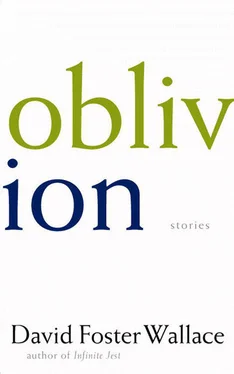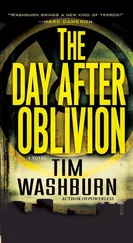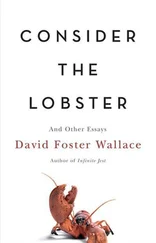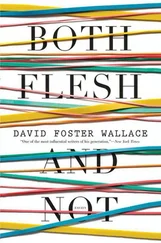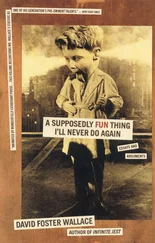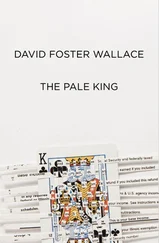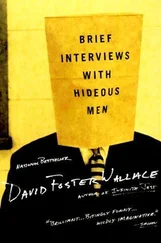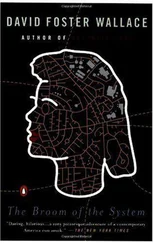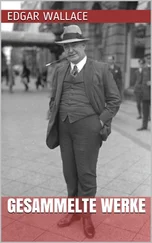According to my brother’s own flights of fancy in childhood, the antique table we had possessed before I was old enough to be aware of anything that was going on had been burled walnut, with a large number of diamonds, sapphires, and rhinestones inset in the top in the likeness of the face of Queen Elizabeth I of England (1533–1603) as seen from the right side, and that the disappointment of its loss was part of the reason our father often looked so dispirited on coming home at the end of the day.
The easternmost row’s second to last desk had a deep stick figure with a cowboy hat and much oversized six-shooter gouged deeply into it and colored in with ink from some previous 4th grader, obviously the product of much slow, patient effort over the course of that previous academic year. Directly ahead of me were the thick neck, upper vertebrae, and severely bobbed hairline of Mary Unterbrunner, whose neck’s pale and patternless freckles I had studied for almost two years, as Mary Unterbrunner (who would later become an administrative secretary at the large women’s detention center in Parma) had also been in my 3rd grade homeroom with Mrs. Taylor, who read the class ghost stories and could play the ukulele and was a great deal of fun as a homeroom teacher so long as you didn’t get on the wrong side of her temper. Mrs. Taylor once hit Caldwell on the back of his hand with her ruler, which she carried in the large kangaroo pocket of her smock, so hard that it swelled up almost like a cartoon hand, and Mrs. Caldwell (who knew judo, and who you also did not want to fool around with in terms of her own temper, according to Caldwell) came down to the school to complain to the principal. What teachers and the administration in that era never seemed to see was that the mental work of what they called daydreaming often required more effort and concentration than it would have taken simply to listen in class. Laziness is not the issue. It is just not the work dictated by the administration. For the sake of the visual interest of the narrative that day, I wish that I could say that each panel of the story that the window generated from the view of the two dogs either mating or struggling for dominance remained animated, so that by the end of the class the window’s wire mesh squares were all filled with narrative panels like the pictorial stained windows at Riverside Methodist Church, where my brother, mother, and I attended Sunday service each week, along with my father when he felt up to getting up early enough. He often had to work at the office six days a week, and he liked to call Sunday his day to try to glue what was left of his nerves back together. But that was not how it worked. It would have taken some kind of mental marvel to hold each square’s illustrated tableau in memory throughout the whole narrative of the window, not unlike the backseat game on trips where you and someone else pretend that you’re planning a picnic, and he says one item that will be brought, and you repeat that item and add another, and he repeats the two mentioned previously and adds a third, and you must repeat and then add a fourth which he must remember and repeat, and so on, until each of you is trying to hold a memorized string of 30 or more items in your mind as you each keep adding to it further by turns. This was never a game I excelled at, although my brother could sometimes perform feats of memory that amazed my parents and may even have frightened them a little, given how he eventually turned out (our father often referred to him as the brains of the outfit ). Each square in the window’s mesh filled and recounted its part of the story of the poor unhappy owner of the brindle dog only while that particular square was attended to; it reverted to its natural state of transparency once the entire panel was actuated and filled and the story moved on to the mesh’s next square, in which the little girl whose young and unworldly brindle-colored dog, Cuffie, had dug its way out under the shabby back fence and escaped down to the banks of the Scioto River, wearing a lemon-colored pinafore, pink hair ribbon, and shiny black patent leather shoes with polished buckles, was sitting in her 4th grade Art class making a Playdoh statuette of Cuffie, her dog, all by touch, at the State School for the Blind and Deaf on Morse Rd. She was blind, and her name was Ruth, although her mother and father called her Ruthie and her two older sisters, who played the bassoon, called her Ruthie Toothie because they were trying to convince her — we see this in three consecutive panels where the sisters, who are older and have the disagreeable expressions and akimbo postures that cruel people in cartoons always have — of how unfortunately homely she is, due to her terrible overbite, and of how everyone can see it but her, and there is nearly a whole horizontal row of panels of Ruth in dark glasses with her little hands over her face, crying over the older sisters’ remarks and chants of Ruthie Toothie, your dog has gotten loothie, while the little girl’s poor but kindhearted father, who works as a groundskeeper for a wealthy man in a white metal and canvas brace who owns a lavish mansion in Blacklick Estates with a wrought iron gate and a curving driveway over one mile in length out past Amberly, is driving the family’s old, battered car slowly up and down the cold streets of their shabby neighborhood, calling Cuffie’s name out of the open car window and jingling the brindle dog’s collar and tags. A series of panels in the very top row of mesh squares, which is often reserved for flashbacks and backstory elements that help fill in gaps in the window’s unfolding action, reveals that Cuffie’s collar and vaccination tags have gotten torn off as he wriggles under the Simmons family’s yard’s fence in excitement over seeing the two stray dogs, one black and dun and the other predominantly piebald, that have loped up to the cheap wire fence and urged Cuffie to come join them in some freely roaming dog adventures, the dark one, who in the panel has angled eyebrows and a sinister pencil mustache, crossing his heart over the promise that they won’t go far at all and will be sure and show the trusting Cuffie the way back home again. Much of the specific day’s storyboard, which extends like arms or the radial spikes one often sees around a cartoon sun, involves the split narrative of small, pale, blind Ruth Simmons (who is not bucktoothed in the slightest but is, understandably, not a very good Playdoh sculptor) sitting in her Art for the Blind class wishing desperately that she could know whether or not her father has been successful in finding the dog, Cuffie, who is Ruth Simmons’ faithful canine companion and never chews on anything or makes any trouble for the household and often sits devotedly under the small, wobbly desk the father had found in the trash of the wealthy manufacturer he works for, and which he had brought home and nailed empty spools onto the drawers of for drawer handles, and Cuffie often sits under there resting his nose on Ruth Simmons’ patent leather shoes as she sits in her dark bedroom (it doesn’t matter to blind people whether the lights in a room are on or not) at the desk and does her homework in Braille, while her sisters practice the bassoon or lie in the light on their bedroom’s plush carpeting talking pointlessly about boys or the Everly Brothers on the princess telephone, often tying up the phone for hours at a time, while the father moonlights at his night job of singlehandedly lifting heavy crates into the rear of delivery trucks, and the family’s mother, an Avon Lady who has never successfully sold even one Avon home product, spends every evening lying splayed and semiconscious on the living room couch, which is missing one of its legs and is propped unsteadily up with a phone book while the father tries to scavenge the right kind of wood to replace the leg, Mr. Simmons being the kind of poor but honest father who makes his living with physical labor rather than poring over facts and figures all day. The top row’s backstory of the window’s large, black and dun dog is somewhat vague, and consists of a few hastily sketched panels involving a low cement building filled with dogs barking in cages, and a back alley in a seedy district in which several garbage cans are overturned and a man in a stained apron is shaking his fist at something we cannot see. Then, in the main row, we see the family’s father getting a demanding phone call from the wealthy owner of the mansion telling him to come back and start priming the large, expensive, gas-driven industrial snowblower for the mansion’s long driveway with lines of small colored lights all along its length like a runway, because the owner’s personal meteorologist has said that it’s getting ready to snow again like the absolute dickens. Then we see Ruth Simmons’ mother — whom we have already seen take several pills throughout the day from a small brown prescription bottle in her handbag, by way of another upper row’s backstory — relieving the father and driving the battered family car aimlessly up and down the seedy neighborhood’s streets, very slowly and weaving a bit, as a dense, persistent snow begins to fall and the streetlights begin to glow and the panel’s light turns ashy and sad, the way late afternoon in Columbus in winter so often makes the light seem sad.
Читать дальше
